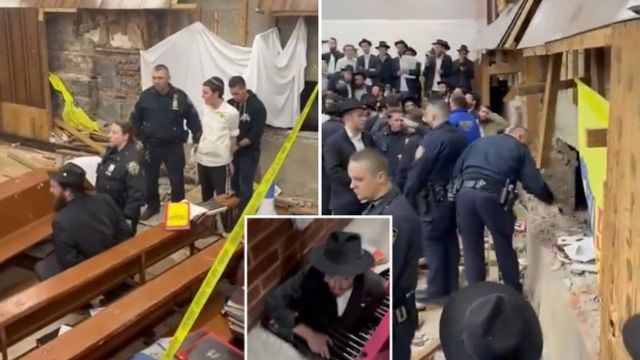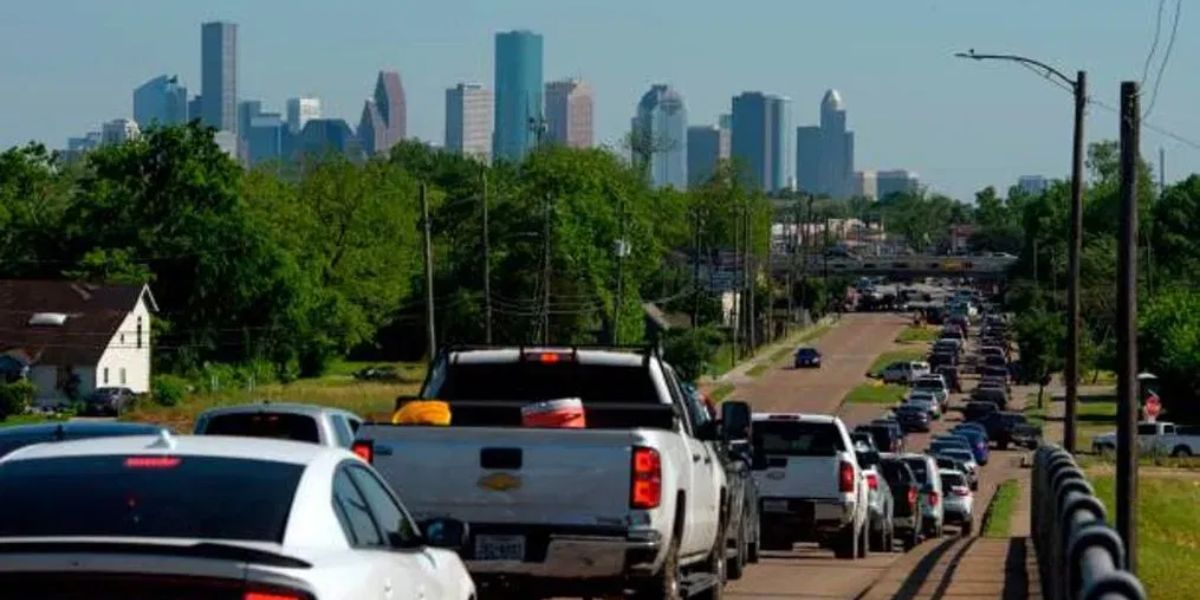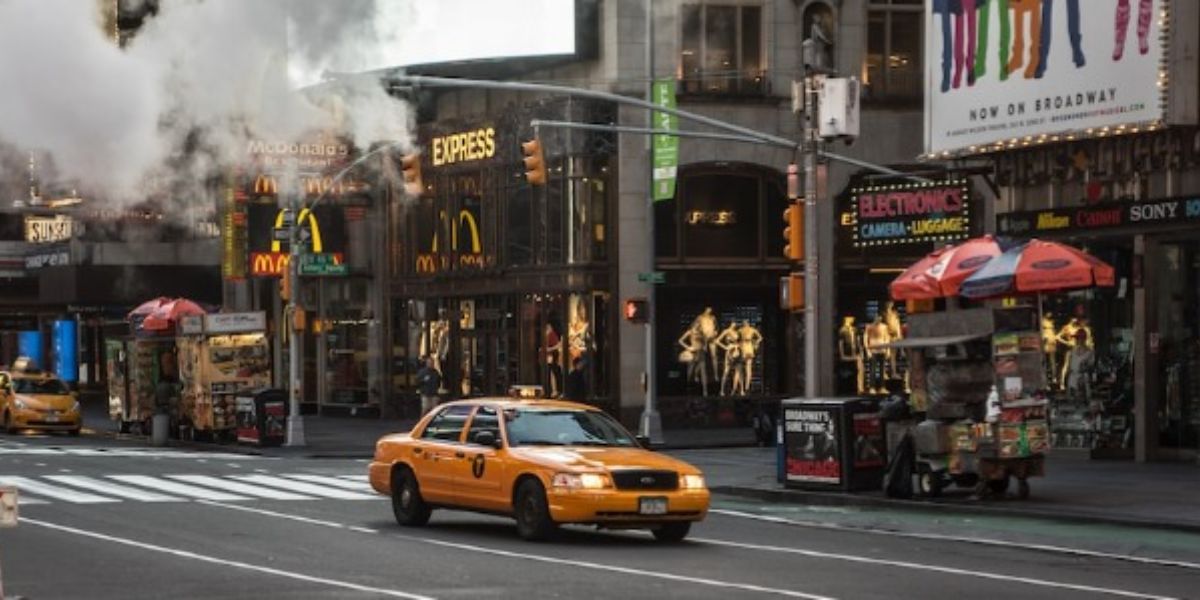A startling discovery of a secret underground tunnel at the historic Brooklyn synagogue, Chabad Lubavitch, led to an extraordinary series of events, including a riot and subsequent arrests. This incident has not only captivated local and global attention but has also shone a light on the complexities within the Hasidic Jewish community.
The Discovery and Ensuing Conflict
The Chabad Lubavitch synagogue, located at 770 Eastern Parkway in Crown Heights, became the center of a major controversy when a secret tunnel was unearthed beneath its premises. Believed to have been dug by students and young men of the community, the tunnel’s purpose was to expand the synagogue and annex additional space in the basement of an adjacent empty apartment building.
This clandestine activity sparked a significant divide within the community, polarizing those who supported the tunnel against those who opposed it.
The situation escalated dramatically when Chabad leaders attempted to seal the tunnel with cement. This action triggered an impromptu protest by the tunnel’s supporters, leading to a violent confrontation as police intervened. In the chaos, nine people, aged between 19 and 22, were arrested, facing charges including criminal mischief, reckless endangerment, and obstructing governmental administration. Additionally, three individuals received summonses for disorderly conduct.
Eyewitness accounts and videos from the scene depict a tense standoff, with police pleading with protestors to vacate the tunnel entrance. The refusal of the protestors to comply led to police intervention, with officers resorting to the use of zip ties and, in some instances, irritating sprays to disperse the crowd.
This intervention was met with resistance, as some congregants were seen lifting wooden desks, causing prayer books to scatter, in an attempt to prevent police access to the tunnel.
Dimensions and Damage of the Tunnel
The tunnel, measuring 60 feet long, 8 feet wide, and 5 feet high, ran underneath several buildings near the Chabad headquarters. Its construction caused damage to two single-story buildings and a two-story brick building behind the synagogue, leading to partial and full vacate orders due to structural stability issues.
Community Reactions and Statements
Rabbi Motti Seligson, a spokesperson for Chabad, condemned the tunnel as a rogue act of vandalism by extremist students. He clarified that the actions were unauthorized and deeply distressing to the Lubavitch movement and the global Jewish community. The synagogue remains closed for structural review, with emergency work orders issued to stabilize the affected buildings.
The Deeper Conflict: A Battle for Ownership
The incident at Chabad Lubavitch is not just an isolated event but is deeply rooted in a long-standing conflict over the building’s ownership. The Chabad Lubavitch movement and a group of Messianic Chasidim, two Jewish sects with differing theological perspectives, have both laid claim to the building.
Although a 2006 court ruling granted full ownership to Chabad, this decision did not deter some messianic members from attempting to use the building. About six months ago, students connected to the messianic movement reportedly began digging the tunnels to gain access to the building.
Impact and Aftermath
The discovery of the tunnel and the subsequent riot have not only led to arrests and structural damage but have also sparked a wider discussion on social media and within the local community. The incident highlights the deep-seated divisions and complexities within the Hasidic Jewish community, reflecting broader themes of religious identity, authority, and the challenges of navigating modernity within a traditional framework.
As the Chabad Lubavitch headquarters undergoes a thorough investigation and necessary repairs, the event serves as a stark reminder of the tensions that can arise when faith, tradition, and modern societal dynamics intersect. The Chabad Lubavitch community, known for its outreach and educational efforts, now faces the challenge of healing and reconciliation, both within its ranks and in its relationship with the broader community.
Conclusion
The riot at Brooklyn’s Chabad Lubavitch synagogue over a secret tunnel is more than just a local news story; it’s a reflection of the complex dynamics within a religious community grappling with internal divisions and the pressures of contemporary society. As the investigation continues and the community works towards resolving these issues, the incident will likely remain a significant topic of discussion and analysis, both within and outside the Jewish community




